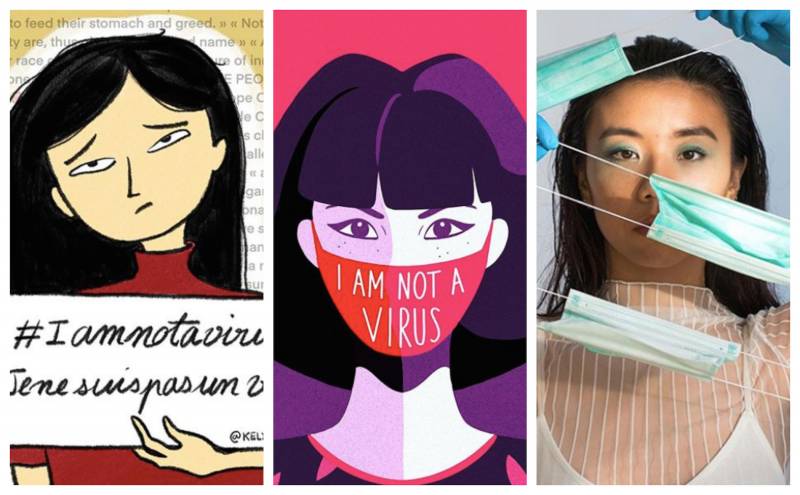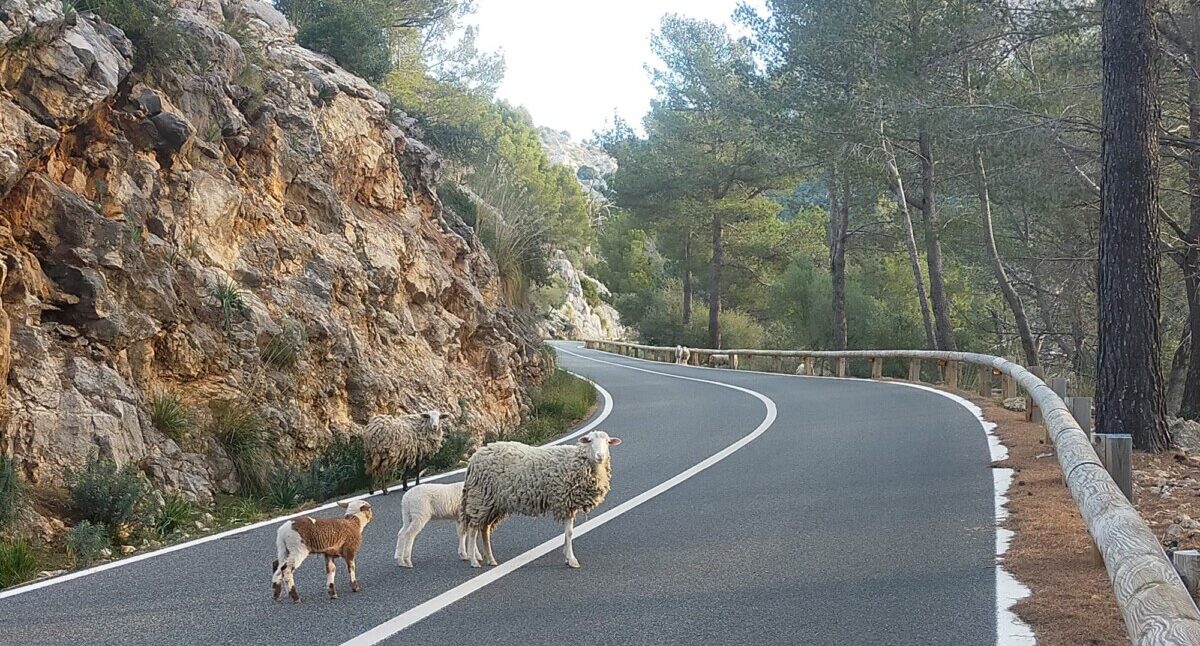- Identity: A Chinese American teaching on a college campus
- Audience: Diversity and Inclusion Conference Committee at NYCCT
- Purpose: To Educate
- Support: 3 hyperlinks to 3 sources
- Visual: I will insert the following picture to accompany my piece https://images.app.goo.gl/2E1rFf5Bng15yLFU7

December 1, 2020
Dear Organizers of the Faculty Diversity and Inclusion Conference:
As a New York City College of Technology faculty member, I am proposing a panel to discuss ways the Asian community can be part of the change at City Tech. I am proposing that our panel participate in the upcoming conference: The Power of Anti-Racist Academy: Reimagining Systems and Structures.
I am a second-generation Chinese American. My parents were first generation to America from China and Indonesia. I have had the benefits of being American born. Even though as a child I spoke Chinese with my parents, my Chinese is limited, and English is truly my first and only language. Even though I look Chinese on the outside, inside I feel more American than Chinese. I am married to a white American. I identify as American; I am American.
Nonetheless my whole life, I have had the quiet unsettling feeling that I am an outsider in my own country. Growing up I have experienced a ledger of slights (microaggression) in my whole school life because I was always the only Chinese kid in the class. In my suburban grade school in WV, I was teased for the Chinese noodles my mom packed for my lunch; my classmates said I was eating “worms.” My gymnastics coach called me “Kung Fu Wu.” This nickname didn’t bother me; I patiently explained to my mom that it was meant affectionately, but she did not like it. At a party when I was in high school, a boy that I had a crush on asked me, “So if you have mixed race children, how do you think they will be accepted?” He did not ask me to the senior prom; I did not ever get asked to the prom. I don’t know if this was because I am Chinese or because I wasn’t part of that popular group (I was part of the brainy non-popular group), but I know that I felt out of sync.
Twenty-five years later, I remembered that question when my 7-year-old son came home from school and told me that his classmates had taunted him with “Go back to where you belong!” At that time my children were growing up in NYC, the most diverse city in the world. At the start of her high school year, my daughter told me she didn’t know where she belonged because she wasn’t embraced by the Chinese kids or the white kids or the black kids.
But I never fought back, never spoke back. Asians are brought up to respect our elders and authority figures. Something about that upbringing makes us stay quiet — and not make waves. I have kept quiet and been part of that Asian silent minority.
In March when the Corona Virus pandemic hit NYers full force, our city went into lock down. One day as I was riding the subway, I heard a sneeze and I noticed some movement around me. Out of the corner of my eye, I noticed an Asian man and ppl moving away from him. As a fellow Asian, I knew what was happening. I had been wondering when I might experience something like that. I thought I should say something in his defense, but I said nothing. I did not want to attract any dirty looks myself. I had an eerie feeling that I too might be targeted as a carrier of Co-vid.
Indeed, this is a scary time for Asians in America. We have a U.S. president who routinely calls the corona virus the “Chinese Virus” and the “Kung Fu Flu.” Fear, distrust, hostility, and resentment against Asians is spreading like the virus itself and creating division in our country. As an Asian American, I can no longer be silent. Seven months later in October, I finally did speak back. I was in a Brighton Beach bakery run by Russian Jewish people. After I bought my pastries, I came back into the shop get a more secure plastic container for my purchases. I was conscious that with my mask on, my distinctive almond-shaped eyes were the only visible part of my face. As I reached to a shelf to help myself, the bakery shop girl stopped me and told me to pay 85 cents for the container. I had seen other customers put their baked good in the container and there was no charge. I pointed to my bag and informed her that I had just purchased her pastries. She repeated that I had to pay for the container. I looked at the other shop workers, but it was no use. Another shopper wearing a Cardoza Law School yarmulke showed sympathy for me by explaining out loud, “Don’t worry; they are just this way here.” I decided to just walk out. From behind me I heard the shopgirl say, “If you don’t like it you can shop somewhere else: Chinatown!” I was stunned, but I yelled back, “That’s racist!” As I walked away, I wondered, “Was it because of the pandemic that I was getting this insult? Should I treat this as a non-event and ignore it — just as I have most of my life.”
The pandemic is exposing racism as a fault line running deep in the American landscape. And it’s not just here: Anti-Asian sentiment is on the rise globally. In his beautiful and moving video “I am not a virus” shot in Florence Italy, Massimiliano Martigli Jiang of the Chinese Italian Youth Union calls upon all people to “ERADICATE THE PREJUDICE.”
So what we as a diverse college community do to fight racism? Here is my thinking in six points:
- We need to move beyond seeing people as objects and as stereotypes. All Blacks are criminals; All Latinos are lazy; All Asians carry the virus.
- Anti-Asian racism is real. We Asian people need to stand up and say what is happening. We cannot let others make us feel ashamed, embarrassed, self-conscious. There is nothing wrong with us and everything wrong with those who perpetuate racist tropes.
- Blaming Asians for the Corona Virus is a false narrative, and it’s wrong. The Corona Virus attacks people regardless of race. Furthermore, historically in times of national crisis, immigrants have been blamed and scapegoated. This in turn creates insecurity, resentment, distrust that immigrant people keep in their hearts and pass on to the next generation. For my mother, the Japanese Internment camps served as a warning: “Look what the Americans did to the Japanese-Americans. They could do that to us, too.”
- Using the Asian Model Minority Myth (MMM) to prop-up our own group is wrong. In his Washington Post op-ed Andrew Yang highlights the fact that 17% of the doctors on the frontlines of the Co-Vid battle are Asians and urges Asians to prove our American-ness by stepping up to volunteer, donate money, and vote. However, pushing the MMM only pits us and against other marginalized people.
- The Black Lives Matter (BLM) movement is drawing attention to systemic racism in America, and Asians must be in solidarity with BLM. This may involve educating some people in our own community. For Asians, many of our parents belong to a different generation. Their priority was survival: working hard and pushing their kids up and out of the immigrant category. They have seen the way upward as aligning their goals with those of the white majority. In the Photoville Talk Asian Americans Reflect on Seeing Themselves, Race, and the Pandemic, Ida Chen speaks on the significance of educating her first generation parents. She tells them: “Saying all Black ppl are criminals is the same as saying all Chinese have the virus.”
- Finally, THIS IS NOT OK. We need to call out Anti-Asian Racism for what it is: Racism period. Racism should not have a foothold on university campuses or anywhere in America — not now, not ever.
Sincerely,
Lisa Wu
Adjunct Professor
English Department
New City College of Technology



